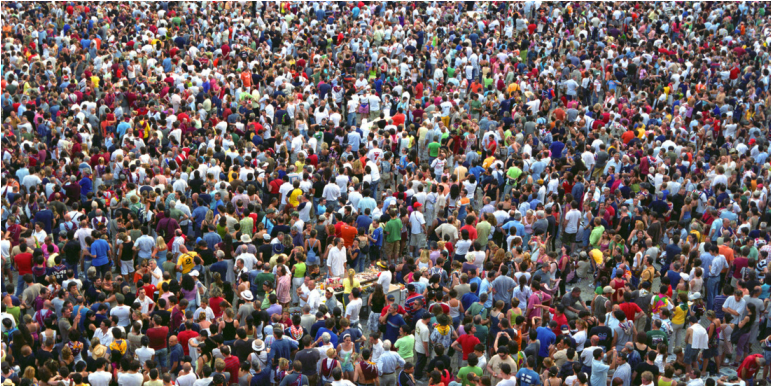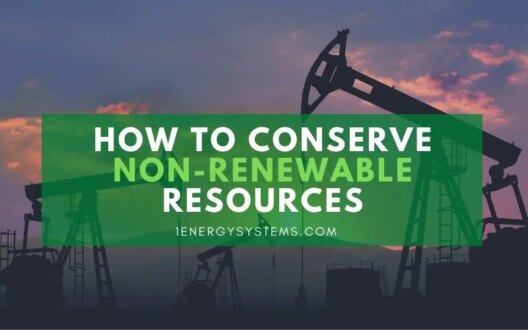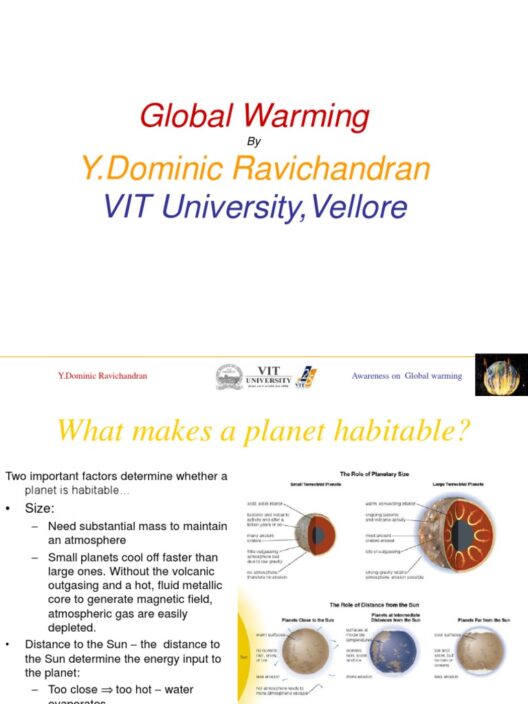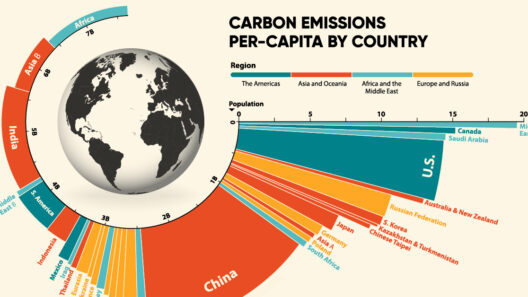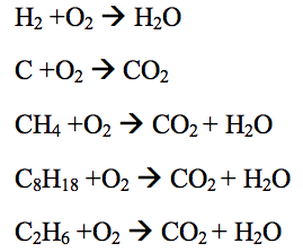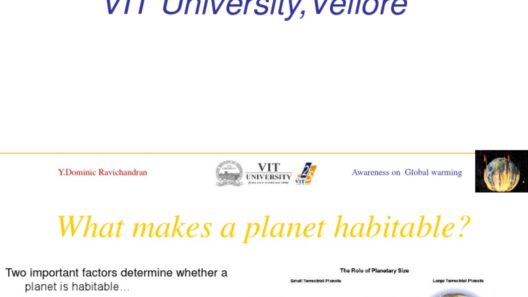In the grand tapestry of existence, humanity is a rapidly expanding thread that weaves its way through the fabric of our planet. With each passing year, more lives are born into the world, creating a vibrant, yet increasingly burdensome population mosaic. This phenomenon of rapid population growth has far-reaching implications, particularly with respect to global warming. The piece of reality we inhabit is not infinite; it is a finite sphere, and as the numbers swell, so too does the collective impact on climate. In essence, more people mean more heat, as human life generates latent energy demands that exacerbate the urgent crisis of climate change.
The resonance of population growth can be likened to the ripple effect observed when a stone is thrown into a tranquil pond. Each additional human contributes to a multitude of demands: for food, water, energy, and space. As populations burgeon, the momentum increases, compounding the pressure on our planet’s resources. Forests are cleared, rivers dammed, and fossil fuels excavated, all to satiate the insatiable appetite of a burgeoning populace. This relentless pursuit for sustenance is akin to pouring gasoline on a smoldering fire—each act of consumption sends more carbon dioxide and other greenhouse gases spiraling into the atmosphere, trapping heat and intensifying the greenhouse effect.
To appreciate the gravity of this scenario, one must consider the fundamental mechanics of climate change. Increased greenhouse gas emissions lead to a phenomenon known as the “urban heat island” effect, where areas with dense populations become markedly warmer than their rural counterparts. Cities, like insatiable sponges, absorb immense amounts of heat, creating localized climates that can exacerbate the heat waves and other extreme weather conditions attributed to climate change. The phenomenon is not merely an abstract notion; it is a tangible reality. With each urban center that becomes more populous, the corresponding increase in temperature is an indicator of our growing collective footprint.
Moreover, the energy requirements of a growing population are staggering. Each individual requires energy for basic needs: heating, cooling, cooking, and transportation. In developing regions, the burgeoning populace tends to rely heavily on fossil fuels, leading to a vicious cycle of pollution and environmental degradation. The paradox of growth is laid bare—while populations swell, the quality of life diminishes as the rate of resource consumption far eclipses the rate of sustainable development. The incessant extraction of resources from the Earth not only contributes to global warming but also fosters a dependency on carbon-intensive energy sources. The search for equilibrium increasingly resembles a race that humanity is losing.
One intriguing metaphor to explore is that of the Earth as a vessel navigating tumultuous seas. The vessel, with its crew (the human race), sets sail toward an uncertain horizon—one marked by the promise of prosperity yet perilous in its environmental implications. As this crew multiplies, the vessel grows heavier, dipping deeper into the ocean’s waters. The ecosystem, once balanced, now struggles to maintain buoyancy as it contends with the lopsided weight of humanity’s growing presence. The result is turbulent waters—hurricanes emerge, sea levels rise, and the very essence of life flounders under the increasing pressure of our collective existence.
Consider the agriculture sector, a cornerstone of human survival, which feels the strain of population growth acutely. As the demand for food escalates, arable land is sacrificed to sustain production. The expansion of agriculture not only encroaches on natural habitats but also results in significant emissions from fertilizers and livestock. Methane, a potent greenhouse gas, is released into the atmosphere in staggering amounts, further compounding our heating predicament. The irony lies in the crux of sustenance—efforts to feed an expanding population are often at odds with the very ecosystems we rely on.
Furthermore, transportation is an unyielding contributor to greenhouse gas emissions, a byproduct of our interconnected world. More people equate to more vehicles on the road, more flights in the sky, and an exponential increase in transport-related emissions. The convenience of modernity has tethered society to a lifestyle dependent on fossil fuel consumption, solidifying humanity’s role as an architect of its own climatic demise. Each road paved, each car manufactured, etches a new line in the pollution playbook, contributing to the overarching narrative of warming.
The interplay between population dynamics and climate change cannot be addressed with superficial solutions. Comprehensive strategies must incorporate education, investments in sustainable technologies, and robust policies that promote resource stewardship. Emphasizing renewable energy sources and enhancing energy efficiency can curtail emissions while addressing the undulating demands of a rising populace. The quest for greater self-sufficiency, alongside a concerted effort to reintegrate ourselves with the natural world, is paramount.
The challenge is colossal, but imperative. We must cultivate a paradigm shift—one that understands humanity’s place within the ecosystem rather than as its conqueror. The time has come to rethink our growth strategy and pave the way for a future that respects the delicate balance of our planet. As stewards of Earth, it is incumbent upon us to recognize that our numbers impact not just our immediate surroundings but the global climate itself; the heat we generate serves as a reminder of the collective responsibility we share. In transforming this awareness into action, we nurture not only human potential but also the enduring health of our planet.


